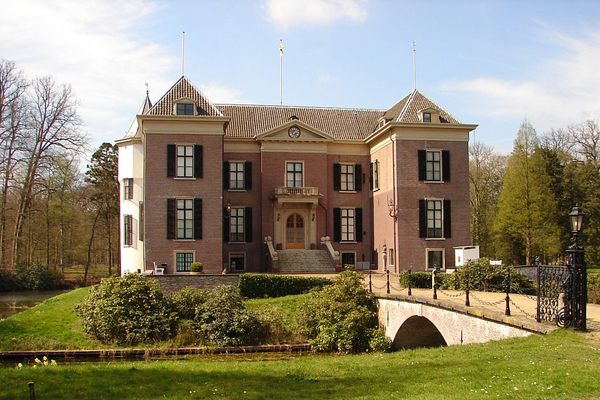About
Built between 1828 and 1848, this magical palace near the town of Alupka has enchanted visitors for almost 200 years.
During the early 1800s, the newly-annexed Crimean seaside was the place to summer if you were rich, Russian, and royal. Prince Mikhail Vorontsov (1782-1856), viceroy of New Russia, wanted in on the action and began construction on this impressive summer estate, which cost around nine million silver rubles. A true Anglophile, Vorontsov wanted his palace to remind him of the English architecture he'd grown to love so much during his education in London. The palace was in part based on designs drawn in the English Renaissance Revival style by the architect Edward Blore, who worked on Buckingham Palace. It was also greatly influenced by the local Tartar architecture of the Crimea. In the end, the completed project was a strange mish-mash of styles and influence- of East meets West. Spectacular gardens surrounded the palace.
Sadly, the palace’s reputation is forever blighted by the fact that it was built by serfs who had been imported from Russia. After the prince's death, the palace changed hands numerous times, and was turned into a museum after the Russian Revolution. During WW2, the Nazis invaded Crimea and gained control of the palace. They had intended to blow it up, but luckily, the Crimean army's advances forced them to retreat before they were able to carry out their nefarious plot, and the palace was saved.
During negotiations at the Yalta Convention, held in the nearby Livadia Palace, Winston Churchill stayed in Vorontsov Palace. He was so impressed by the lion statues that stood proudly at the entrance that he asked Stalin if he could take one home. The request was denied. But Churchill's memory of the palace lives on:
"The setting of our abode was impressive ... Behind the villa, half Gothic and half Moorish in style, rose the mountains, covered in snow, culminating in the highest peak in the Crimea. Before us lay the dark expanse of the Black Sea, severe, but still agreeable and warm even at this time of the year. Carved white lions guarded the entrance to the house, and beyond the courtyard lay a fine park with sub-tropical plants and cypresses."
Today, the palace is a spectacular museum and garden. Open to the public, it is one of the most popular tourist destinations in Crimea.
Related Tags
Published
December 18, 2015






















